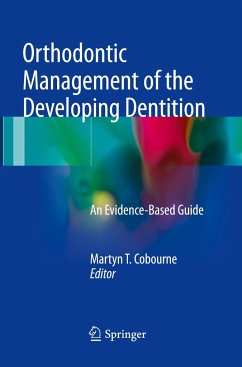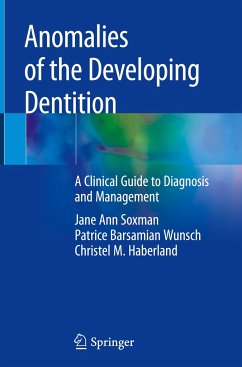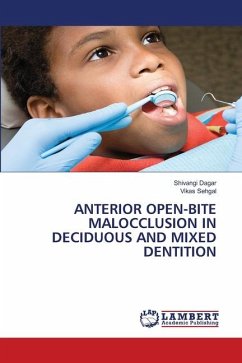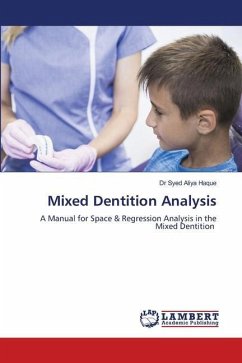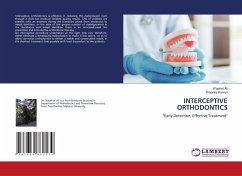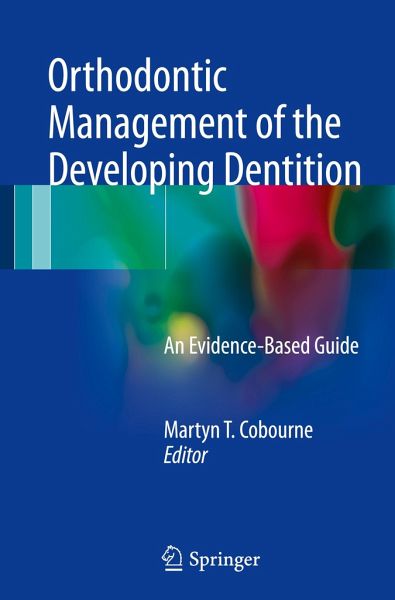
Orthodontic Management of the Developing Dentition
An Evidence-Based Guide
Herausgegeben: Cobourne, Martyn T.

PAYBACK Punkte
57 °P sammeln!
This multiauthor clinical guide provides an evidence-based overview of orthodontic management during development of the dentition. It begins with an illustrated account of normal dental development and then covers the management of problems that are commonly seen during this process. These include acquired problems, such as caries, space loss and dental trauma, developmental anomalies, including variation in tooth number and eruption defects. In addition, detailed consideration is given to the interceptive management of class II and class III malocclusion and transverse discrepancies. There is...
This multiauthor clinical guide provides an evidence-based overview of orthodontic management during development of the dentition. It begins with an illustrated account of normal dental development and then covers the management of problems that are commonly seen during this process. These include acquired problems, such as caries, space loss and dental trauma, developmental anomalies, including variation in tooth number and eruption defects. In addition, detailed consideration is given to the interceptive management of class II and class III malocclusion and transverse discrepancies. There is an emphasis on evidence-based management of these developmental problems and each chapter is richly illustrated with clinical examples.



